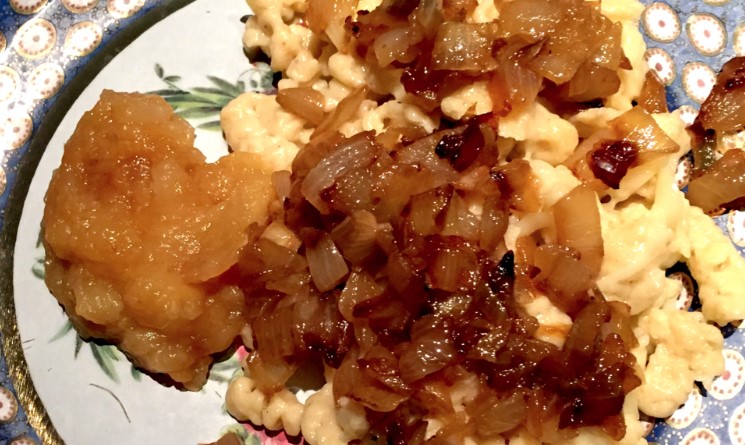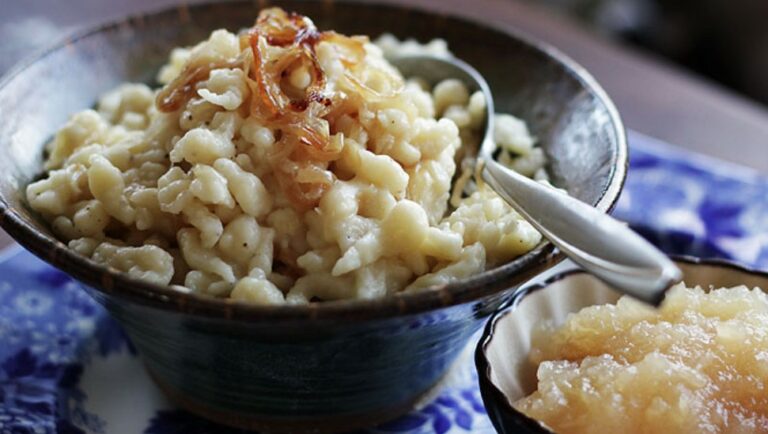Introduction: Liechtenstein and Its Cultural Traditions
Liechtenstein is a small, landlocked country situated between Switzerland and Austria. Despite its size, the country boasts a rich cultural heritage that is reflected in its cuisine. The cuisine of Liechtenstein is a blend of European influences, with a strong emphasis on dairy products, meat, and potatoes.
Liechtenstein’s Cuisine: A Blend of European Influences
Liechtenstein’s cuisine is heavily influenced by its neighboring countries, namely Switzerland and Austria. The country’s cuisine is a blend of traditional Swiss and Austrian dishes, with some unique Liechtenstein twists. The cuisine is characterized by simple, hearty dishes that are perfect for the country’s cold climate.
The Role of Dairy Products in Liechtenstein’s Cuisine
Dairy products play a crucial role in Liechtenstein’s cuisine. Cheese is a staple ingredient in many of the country’s dishes, with varieties such as Emmental, Gruyère, and Appenzeller being particularly popular. Milk and cream are also used extensively in Liechtenstein’s cuisine, with dishes such as creamy soups and sauces being common.
The Importance of Meat and Potato Dishes in Liechtenstein
Meat and potato dishes are another important aspect of Liechtenstein’s cuisine. The country’s harsh climate and mountainous terrain have made it difficult to grow crops, so meat and potatoes have become the staples of the country’s cuisine. Some popular meat dishes include roasted pork and venison stew, while potatoes are often used in dishes such as potato salad and mashed potatoes.
The Influence of Neighboring Countries on Liechtenstein’s Cuisine
As mentioned earlier, Liechtenstein’s cuisine is heavily influenced by its neighboring countries. Swiss and Austrian dishes such as raclette, schnitzel, and spätzle can be found on many Liechtenstein menus. However, Liechtenstein has also put its own spin on many of these dishes, such as adding local cheeses to raclette or using venison instead of pork in schnitzel.
Conclusion: Liechtenstein’s Cuisine Reflects Its Cultural Heritage
In conclusion, Liechtenstein’s cuisine is a reflection of its cultural heritage. The country’s cuisine is a blend of Swiss and Austrian influences, with unique Liechtenstein twists. Dairy products, meat, and potatoes are the staples of the cuisine, and the country’s harsh climate and mountainous terrain have played a significant role in shaping the cuisine. Overall, Liechtenstein’s cuisine is simple, hearty, and delicious, reflecting the country’s rich cultural heritage.





